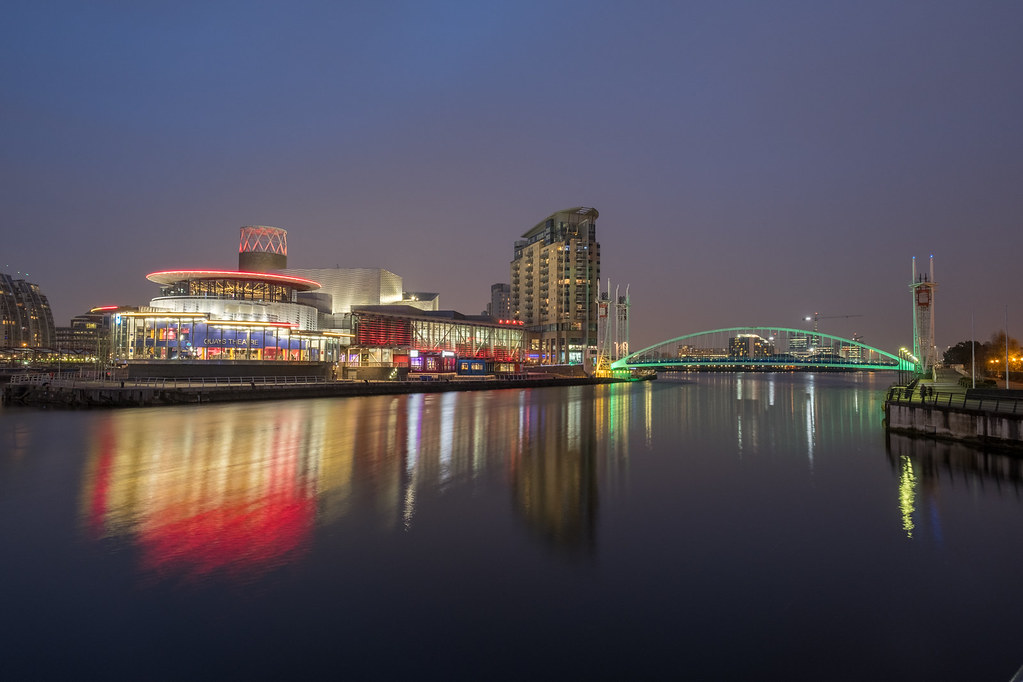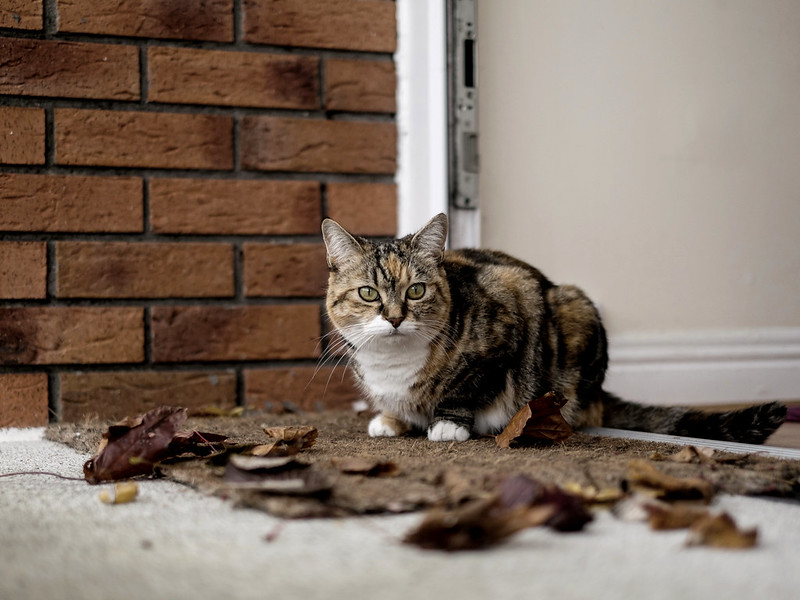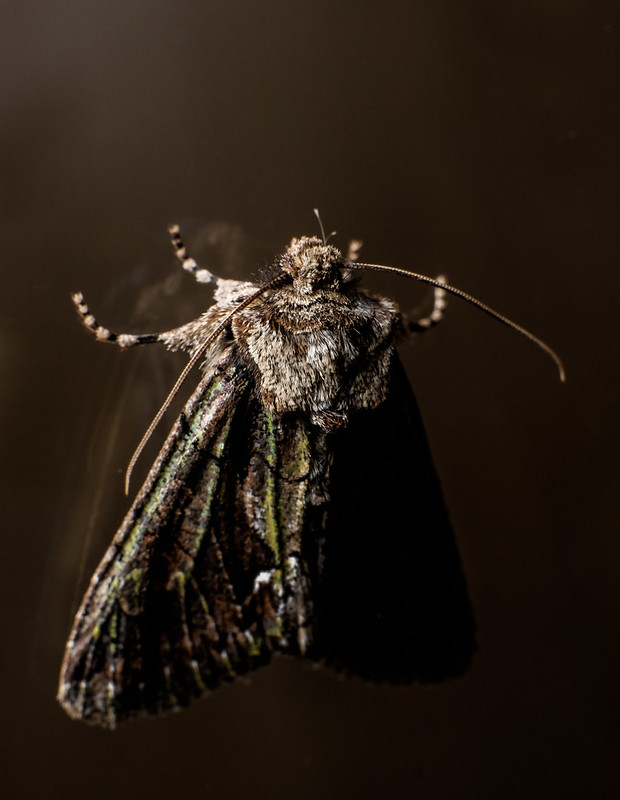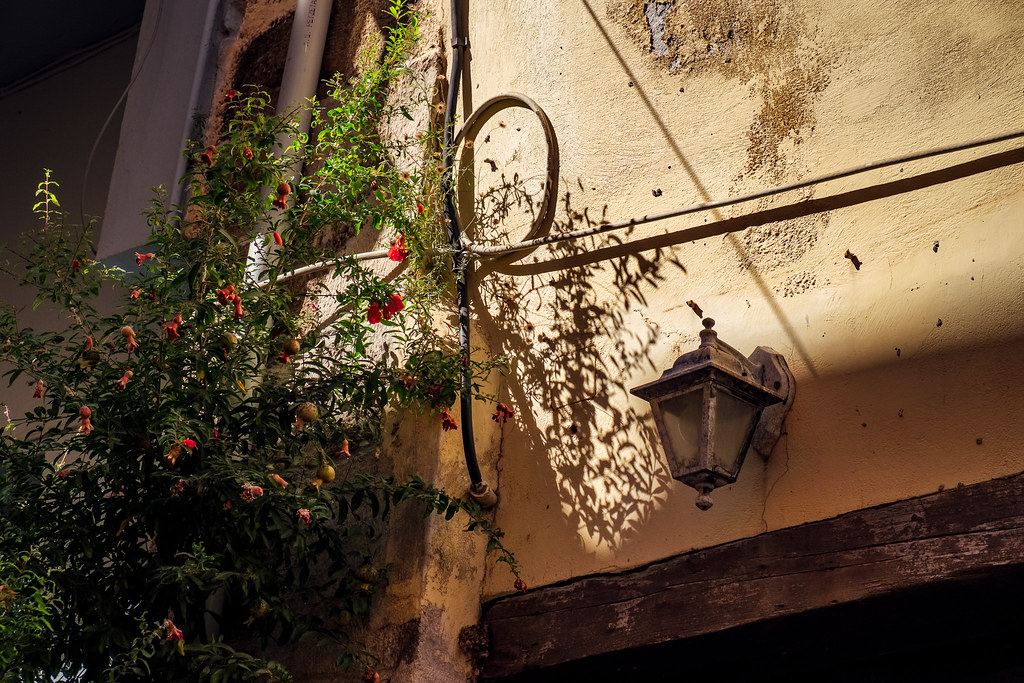- Messages
- 9,608
- Name
- Steve
- Edit My Images
- Yes
I had a road trip to Wales with a few guys in my local Mini Owners Club last weekend. These were taken on the way back in the Elan Valley.
 Untitled by Steve Jelly, on Flickr
Untitled by Steve Jelly, on Flickr
 Untitled by Steve Jelly, on Flickr
Untitled by Steve Jelly, on Flickr
When we came past this hairpin I could see this photo in my head. We use 2 way radios in the cars, so I told the others to stop, got the camera out and then shot each of the 3 cars as they came back up the hill. The landscape, sky (yes we actually got blue sky on the last day) and the road all came together.
The Elan Valley has to be one of the most wonderful landscapes I've seen in the UK, so my wife and I have decided to go back on our own.
 Untitled by Steve Jelly, on Flickr
Untitled by Steve Jelly, on Flickr Untitled by Steve Jelly, on Flickr
Untitled by Steve Jelly, on FlickrWhen we came past this hairpin I could see this photo in my head. We use 2 way radios in the cars, so I told the others to stop, got the camera out and then shot each of the 3 cars as they came back up the hill. The landscape, sky (yes we actually got blue sky on the last day) and the road all came together.
The Elan Valley has to be one of the most wonderful landscapes I've seen in the UK, so my wife and I have decided to go back on our own.






 Weather check
Weather check Go get learnt
Go get learnt Dark Moth
Dark Moth